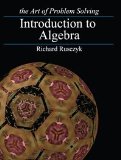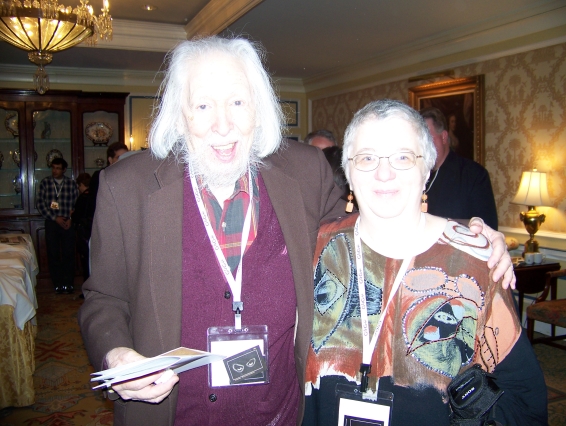On Mice and Coins
The following problem was sent to me by Joel Lewis.
You have 12 mice, one of which eats faster than all the others. You need to find it. You have a supply of standard cupcakes that you value very much and want to minimize how many of them you have to use. The only way you can find the mouse is to give cupcakes to several groups of mice and see which group is the fastest.
We assume that mice chew at a constant speed and all the mice in one group can attack the cake at the same time. I love this puzzle because I love coin problems. Let me restate the puzzle as a coin problem:
You have 12 coins, one of which is fake and weighs less than all the others. You have a balance scale with multiple pans, that is you can weigh several things at once and order them by weight. You do not care about the total number of weighings as in most classical coin puzzles, instead, this time using a pan is expensive and you want to find the fake coin with as few pan-uses as possible.
Spoiler warning: below I will discuss the solution for n mice.
You can, of course, give a cake to every mouse and see which one finishes first. You can save one cake by giving cakes at the same time to all but one of the mice. If everyone finishes simultaneously, the faster mouse is the unfed one.
It wastes cakes to give them to unequally-sized groups of mice. We can do better by copying the classical way to find a fake coin with the minimum number of weighings. That is, for each test, divide the mice into three groups as evenly as possible and give a cake to each of two equally-sized groups. The number of cakes you use is about 2log3n.
I wouldn’t have written this essay if that was the solution. Sometimes you can do even better. For example, you can find the faster mouse out of 12 using only 5 cakes.
First, if you give out k cakes in one test, the test tells you which of k+1 groups the mouse is in. In the worst case, the faster mouse will be in the biggest group, so you should minimize the biggest group. Hence, your groups that get cakes should have ⌈n/(k+1)⌉ mice.
A test with one cake gives no information. I argue that giving out more than three cakes doesn’t gain anything. Indeed, suppose we use four cakes in a test. That is, we divide the mice into five groups A, B, C, D and E, of which the first four are the same size. We can simulate the test by two tests in each of which we give out two cakes. In the first test we give cakes to A+B and C+D. If one of the groups is faster, say A+B, then in the second test give cakes to A and B; if not, E has the faster mouse. I leave it as an exercise to simulate a test with more than four cakes.
Thus, in an optimal strategy we can use two or three cakes per test. Also, if you give one test with k − 1 cakes and the next one with m − 1 cakes, you can switch them with the same effect. The largest group after either order of tests will have at most ⌈n/km⌉ mice.
I don’t need two tests of three cakes each, which would give me a group of size at least ⌈n/16⌉. I can achieve the same result with three tests of two cakes each, with the faster mouse restricted to a group of size at most ⌈n/27⌉.
That means all my tests use two cakes, except I might use three cakes once. It doesn’t matter in what order I conduct the tests, so I can wait until the end to use three cakes. I leave it as an exercise to the reader that the only small number of mice for which we would prefer three cakes is four. From this it follows quickly that for numbers of mice between 3 * 3i + 1 and 4 * 3i, the number of cakes is 2i + 1. For numbers between 4 * 3i + 1 and 3i+2 the answer is 2i + 2.
Share: I am usually disappointed with American math text books. I have had an underwhelming experience with them. Often I open a book and in the next 15 minutes, I find a mistake, a typo, a misguided explanation, sloppiness, a misconception or some other annoyance.
I am usually disappointed with American math text books. I have had an underwhelming experience with them. Often I open a book and in the next 15 minutes, I find a mistake, a typo, a misguided explanation, sloppiness, a misconception or some other annoyance.